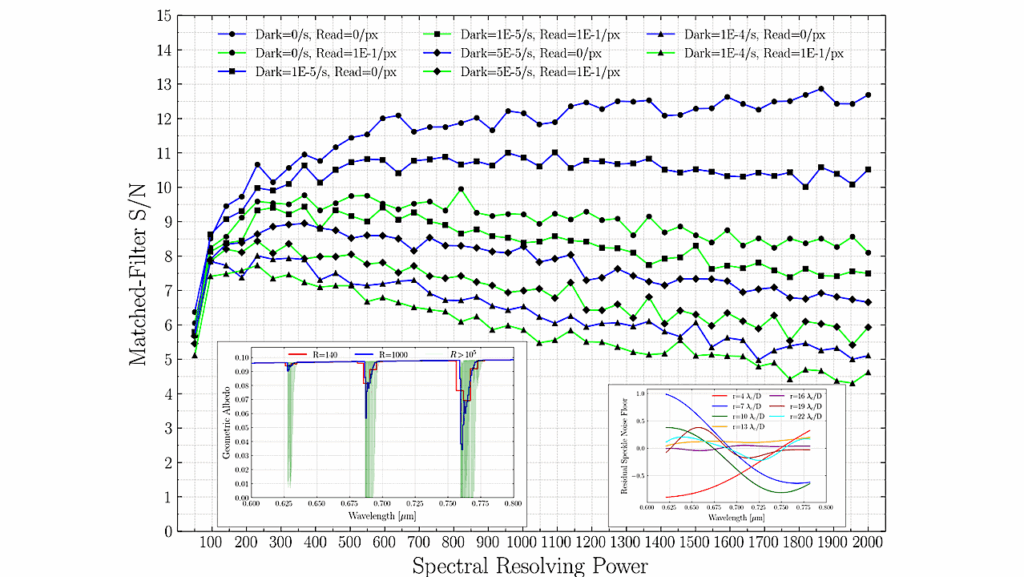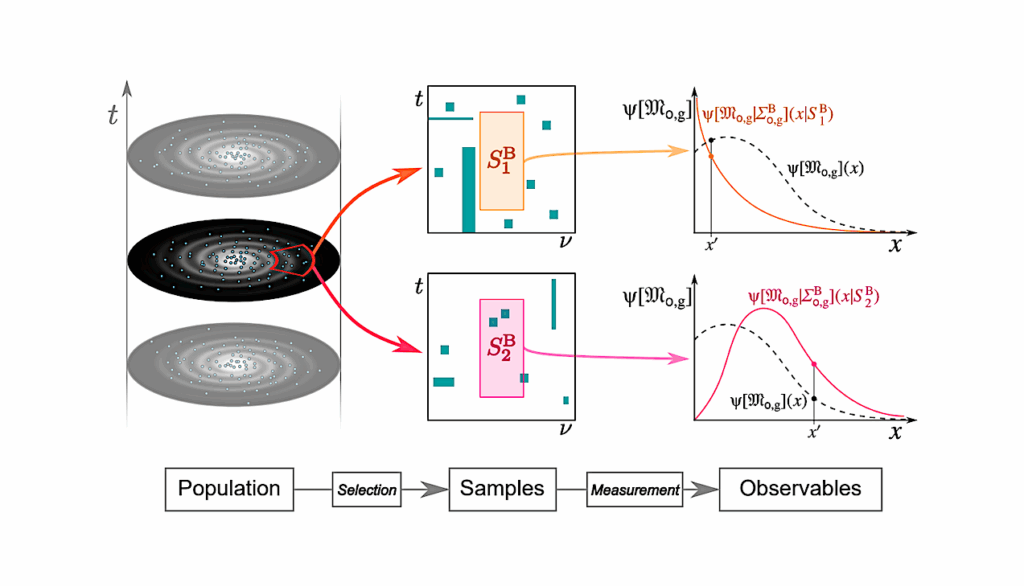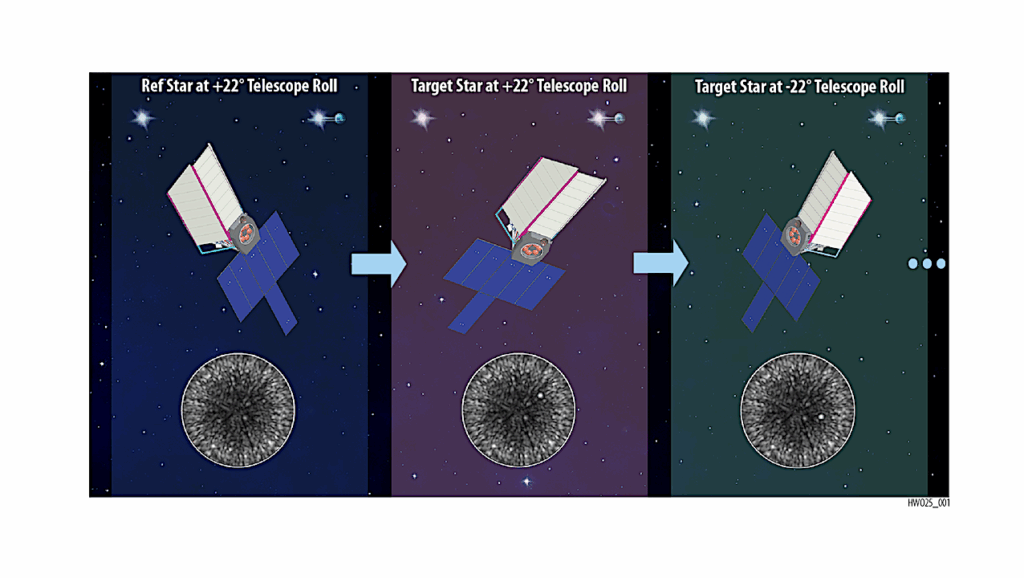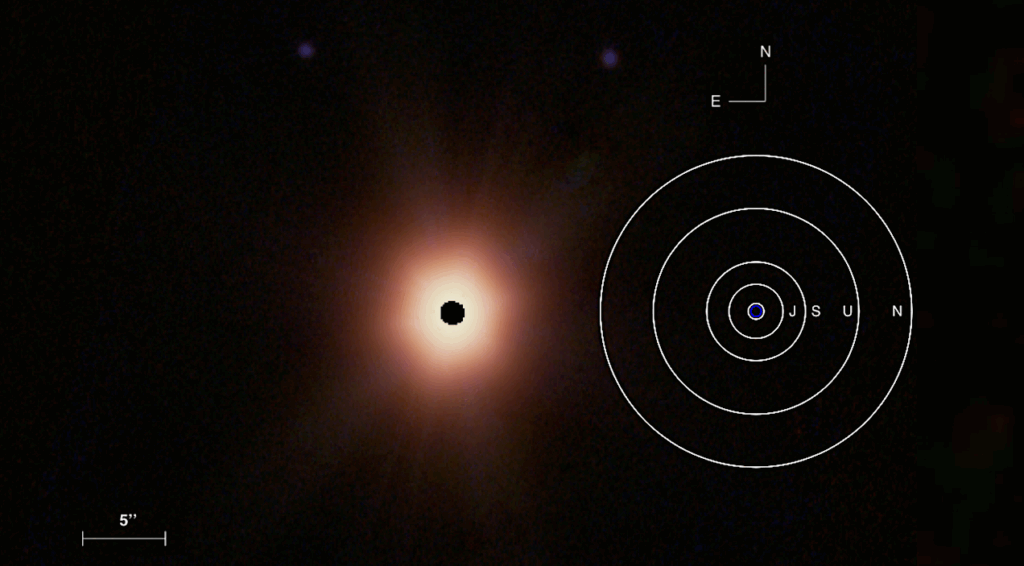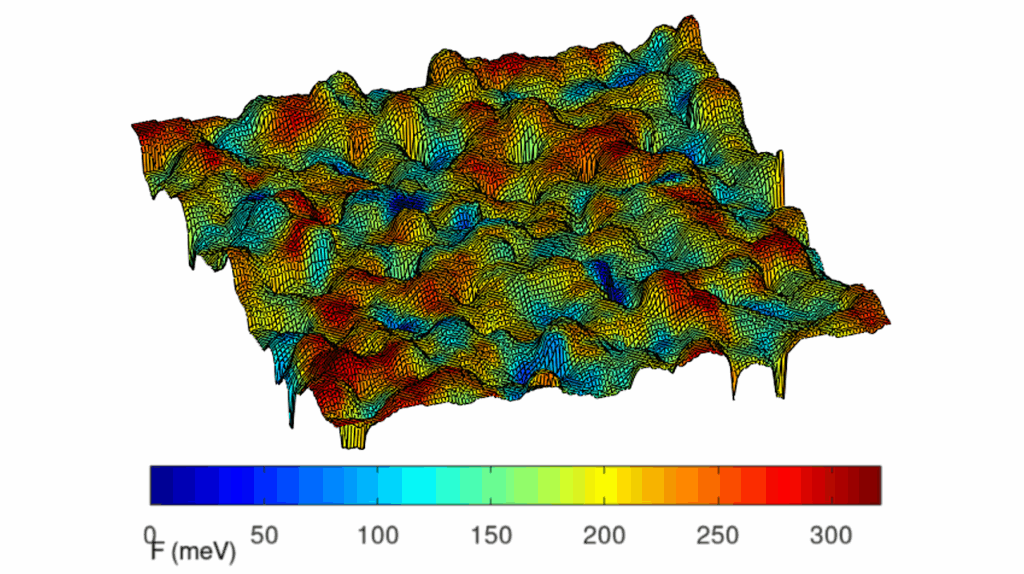The SHERLOCK Pipeline: New Exoplanet Candidates In The WASP-16, HAT-P-27, HAT-P-26, and TOI-2411 Systems
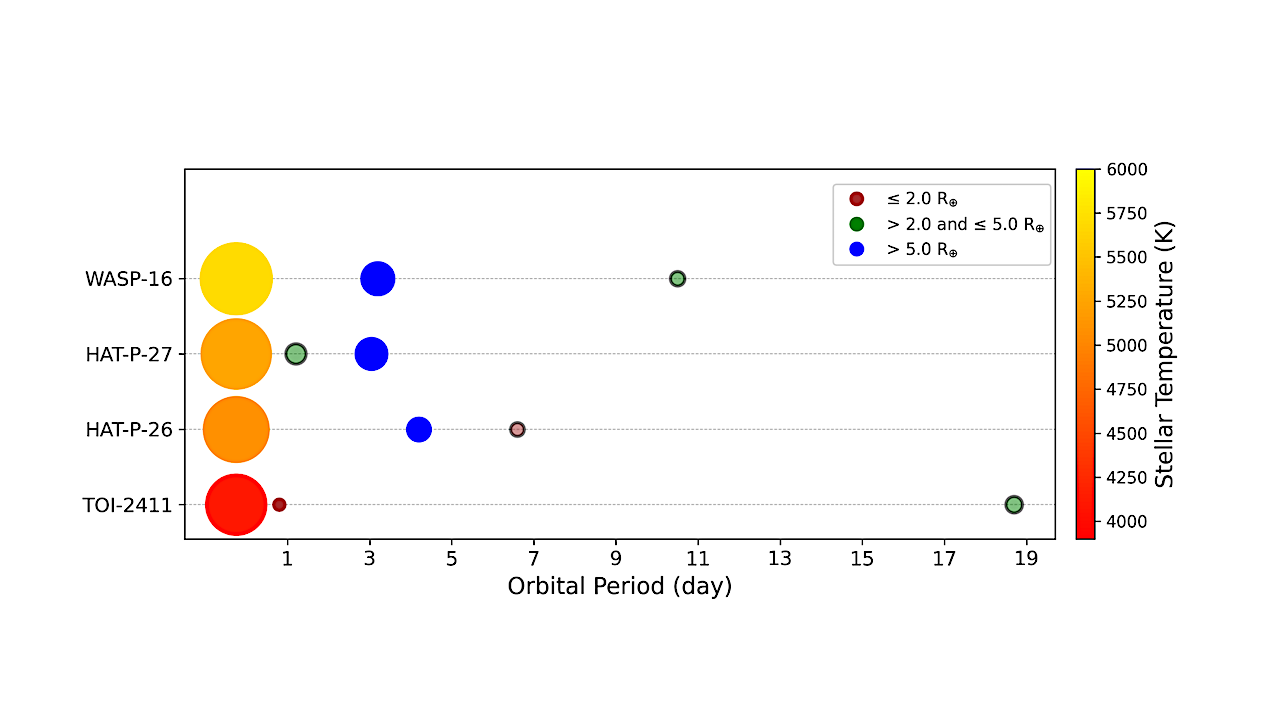
The launches of NASA Kepler and TESS missions have significantly enhanced the interest in the exoplanet field during the last 15 years, providing a vast amount of public data that is being exploited by the community thanks to the continuous development of new analysis tools.

However, using these tools is not straightforward, and users must dive into different codes, input-output formats, and methodologies, hindering an efficient and robust exploration of the available data. We present the SHERLOCK pipeline, an end-to-end public software that allows the users to easily explore observations from space-based missions such as TESS or Kepler to recover known planets and candidates issued by the official pipelines and search for new planetary candidates that remained unnoticed.
The pipeline incorporates all the steps to search for transit-like features, vet potential candidates, provide statistical validation, conduct a Bayesian fitting, and compute observational windows from ground-based observatories. Its performance is tested against a catalog of known and confirmed planets from the TESS mission, trying to recover the official TESS Objects of Interest (TOIs), explore the existence of companions that have been missed, and release them as new planetary candidates.
SHERLOCK demonstrated an excellent performance, recovering 98% of the TOIs and confirmed planets in our test sample and finding new candidates. Specifically, we release four new planetary candidates around the systems WASP-16 (with P∼10.46 d and R∼2.20 R⊕), HAT-P-27 (with P∼1.20 d and R∼4.33 R⊕), HAT-P-26 (with P∼6.59 d and R∼1.97 R⊕), and TOI-2411 (with P∼18.75 d and R∼2.88 R⊕).
Martín Dévora-Pajares (1 and 2), Francisco J. Pozuelos (3), Antoine Thuillier (5 and 6), Mathilde Timmermans (4), Valérie Van Grootel (5), Victoria Bonidie (7 and 8), Luis Cerdeño Mota, Juan C. Suárez (1) ((1) Dpto. Física Teórica y del Cosmos, Universidad de Granada. Granada, Spain, (2) Avature Machine Learning, Spain (3) Instituto de Astrofísica de Andalucía (IAA-CSIC), Granada (4) Astrobiology Research Unit, Université de Liège, Liège, Belgium (5) Space Sciences, Technologies and Astrophysics Research (STAR) Institute, Université de Liège, Liège, Belgium (6) Institut d’Astronomie et d’Astrophysique, Université Libre de Bruxelles (ULB), Bruxelles, Belgium (7) Department of Physics and Astronomy, University of Pittsburgh, Pittsburgh, PA 15260, USA (8) Pittsburgh Particle Physics, Astrophysics, and Cosmology Center (PITT PACC), University of Pittsburgh, Pittsburgh, PA 15260, USA)
Comments: 23 pages, 14 figures, 4 tables, This article has been accepted for publication in Monthly Notices of the Royal Astronomical Society Published by Oxford University Press on behalf of the Royal Astronomical Society
Subjects: Earth and Planetary Astrophysics (astro-ph.EP); Instrumentation and Methods for Astrophysics (astro-ph.IM)
Cite as: arXiv:2407.14602 [astro-ph.EP] (or arXiv:2407.14602v1 [astro-ph.EP] for this version)
https://doi.org/10.48550/arXiv.2407.14602
Focus to learn more
Related DOI:
https://doi.org/10.1093/mnras/stae1740
Focus to learn more
Submission history
From: Martín Dévora-Pajares
[v1] Fri, 19 Jul 2024 18:00:47 UTC (6,870 KB)
https://arxiv.org/abs/2407.14602
Astrobiology


